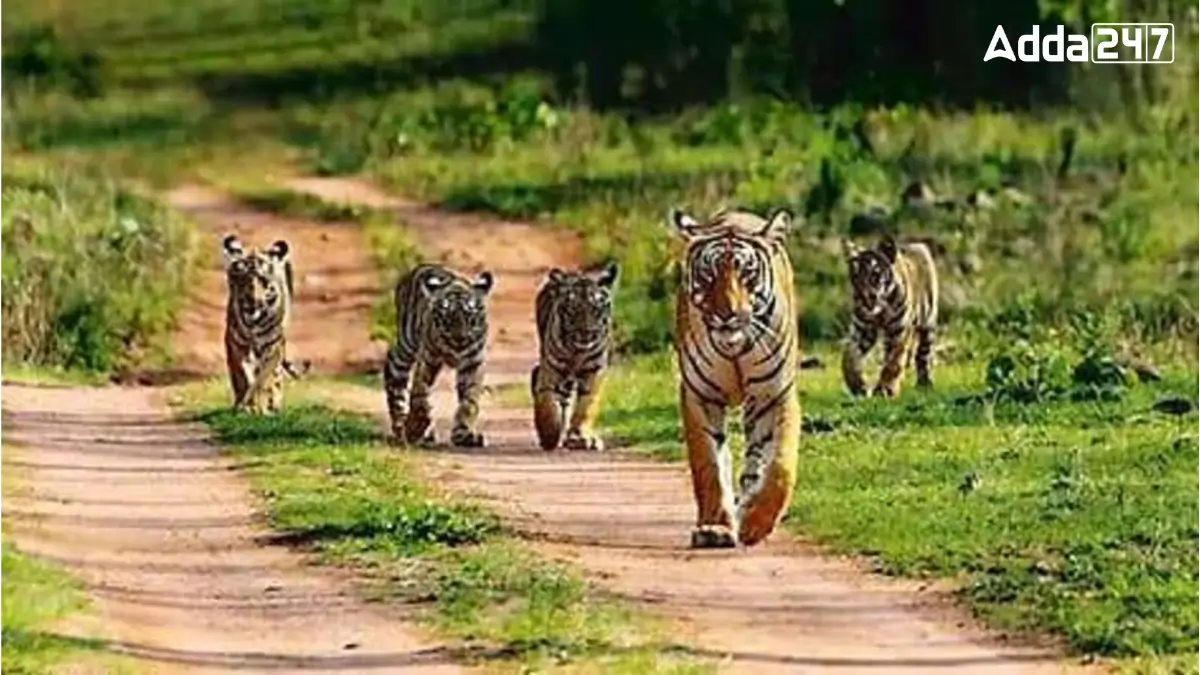Tigers are one of the most magnificent and endangered animals in the world. To protect them, special areas called tiger reserves are created. These reserves provide a safe home for tigers, allowing them to live and grow in their natural habitat. The largest tiger reserve in the world covers a vast area, ensuring the survival of tigers along with many other wildlife species.
World’s Largest Tiger Reserve
The world’s largest tiger reserve is the Hukaung Valley Wildlife Sanctuary in Myanmar. It was created in 2004 and spreads over a huge area of about 17,374 square kilometers. This sanctuary provides a safe home for tigers, leopards, and many other wild animals. But despite its importance, the region faces serious dangers, mainly due to gold mining, which harms the forests and threatens the wildlife living there.
Where is Hukaung Valley Wildlife Sanctuary Located?
Hukaung Valley Wildlife Sanctuary is in the northern Myanmar, in the states of Kachin and Sagaing. It is located in the Hukaung Valley, a region known for its dense forests and rivers.
How Big is Hukaung Valley Wildlife Sanctuary?
This tiger reserve covers an area of 17,373.57 square kilometers (6,707.97 square miles). It was first established in 2004 with a smaller area and later expanded in 2010 to its present size.
What Kind of Land Does it Have?
The land in this reserve is a mix of evergreen forests and deciduous forests. The elevation ranges from 125 meters to 3,435 meters (410 feet to 11,270 feet) above sea level.
Which Animals Live in This Reserve?
Hukaung Valley Wildlife Sanctuary is home to many wild animals, including:
- Tigers
- Leopards
- Clouded leopards
- Asian golden cats
- Marbled cats
- Leopard cats
- Civets and badgers
These animals were recorded through camera surveys between 2001 and 2011.
Threats to the Reserve
One of the biggest threats to this tiger reserve is gold mining. More than 200,000 acres of land in Hukaung Valley are being used for mining, which harms the environment and the wildlife living there.
Controversy in the Reserve
The Wildlife Conservation Society (WCS), a group working for wildlife protection, faced criticism for blaming indigenous people for environmental damage. However, it was later found that WCS was also supporting small development projects and helping local villagers with food and supplies.



 Exploring Bondi Beach: Sun, Surf and Syd...
Exploring Bondi Beach: Sun, Surf and Syd...
 Chakrashila Wildlife Sanctuary: Location...
Chakrashila Wildlife Sanctuary: Location...
 Top-7 Oldest Palaces in India, Check the...
Top-7 Oldest Palaces in India, Check the...







